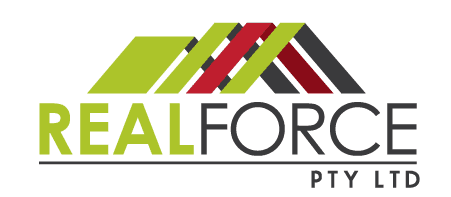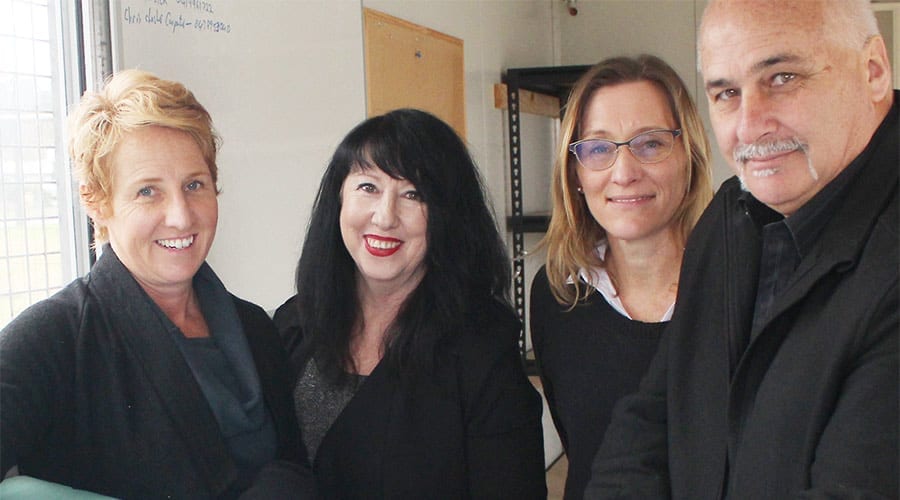The growing population, an ageing demographic, and increased demand for healthcare services are some of the factors that make Albany, Australia, a great place for medical practitioners. The city is home to several medical facilities, and more medical infrastructure is already in the pipeline. Furthermore, the city’s natural beauty, with its coastal location and scenic surroundings, provides an excellent work-life balance for medical practitioners seeking a relaxed environment outside of work.
Realforce Property’s contribution to Albany’s healthcare sector is helping to build a more resilient and comprehensive system that meets the needs of the ever-evolving healthcare industry trends. Some of our previous projects include the Albany Day Hospital and Resident Specialist Consulting Rooms.
Below are some of the top healthcare trends that are shaping the industry today.
TELEMEDICINE
Healthcare IT News reports that among Australians aged 65 and above, 56% said they are already comfortable using telemedicine. Telemedicine involves using technology to deliver healthcare services remotely, including:
- Virtual consultations
- Remote monitoring
- Online prescriptions
The COVID-19 pandemic has accelerated the adoption of telemedicine, as this digitalization in healthcare seeks to minimise in-person interactions and reduce the spread of the virus. Telemedicine is also helping to improve access to healthcare services in rural and remote areas, where there may be a shortage of healthcare providers.
ARTIFICIAL INTELLIGENCE (AI)
The Australian Alliance for Artificial Intelligence in Healthcare is promoting and accelerating the development of healthcare applications that make use of AI.
AI is being used in healthcare to:
- Analyse patient data
- Detect patterns
- Provide personalised treatment recommendations
- Identify patients at high risk of developing certain conditions
- Optimise treatment plans
- Develop new drugs and treatments
WEARABLE TECHNOLOGY
Wearable technology like fitness trackers and smartwatches, is becoming an increasingly popular medical trend among consumers in Australia, with about one in five Australians owning at least one device according to a 2022 article.
These devices can monitor a range of health metrics, including:
- Heart rate
- Sleep patterns
- Activity levels
Healthcare providers are also starting to use wearable technology to monitor patients remotely, providing real-time data on patients’ health and allowing for earlier intervention if necessary.
PERSONALISED MEDICINE
The Australian government has invested over $65 million in 2019 in competitive research grants to advance personalised medicine.
This involves tailoring healthcare treatments and interventions to an individual’s unique genetic makeup, lifestyle, and medical history. Advances in genomics and other technologies are making it possible to identify patients who are at high risk of developing certain conditions and to develop targeted interventions that can reduce that risk.
VALUE-BASED CARE
Value-based care is an emerging trend in healthcare that prioritises the quality of care delivered to patients, rather than the number of services provided. Under this model, healthcare providers are incentivised to focus on outcomes, rather than volume. This can include initiatives to reduce hospital readmissions, improve patient satisfaction, and lower overall healthcare costs.
POPULATION HEALTH MANAGEMENT
Population health management involves analysing data on a population’s health and using that data to develop targeted interventions that can improve health outcomes. This can include initiatives to improve access to healthcare services, reduce the incidence of chronic diseases, and promote healthy lifestyles.
CYBERSECURITY
During the first half of 2022, healthcare data breaches impacting 100,000 or more Australians were reported by ABC News.
As healthcare becomes increasingly reliant on technology, cybersecurity is becoming a critical concern. Healthcare providers are increasingly at risk of cyberattacks, which can compromise patient data and disrupt healthcare services. Healthcare providers are investing in cybersecurity measures, including encryption and firewalls, to protect against these threats.
HEALTH EQUITY
According to a study conducted in 2021, our country’s healthcare system is the best regarding equity and healthcare outcomes.
Health equity involves ensuring that all individuals have access to high-quality healthcare services, regardless of their background or socioeconomic status. Healthcare providers are working to reduce disparities in healthcare access and outcomes, by focusing on social determinants of health such as poverty, education, and housing. This healthcare trend includes initiatives to improve access to services in underserved communities and to develop targeted interventions that can address specific health disparities.
As the current trends in healthcare continues to evolve, we expect to see further advances in technology, treatment, and delivery models that will continue to transform how we deliver and receive healthcare services.
If you would like to learn more about our medical real estate opportunities, contact us here.



